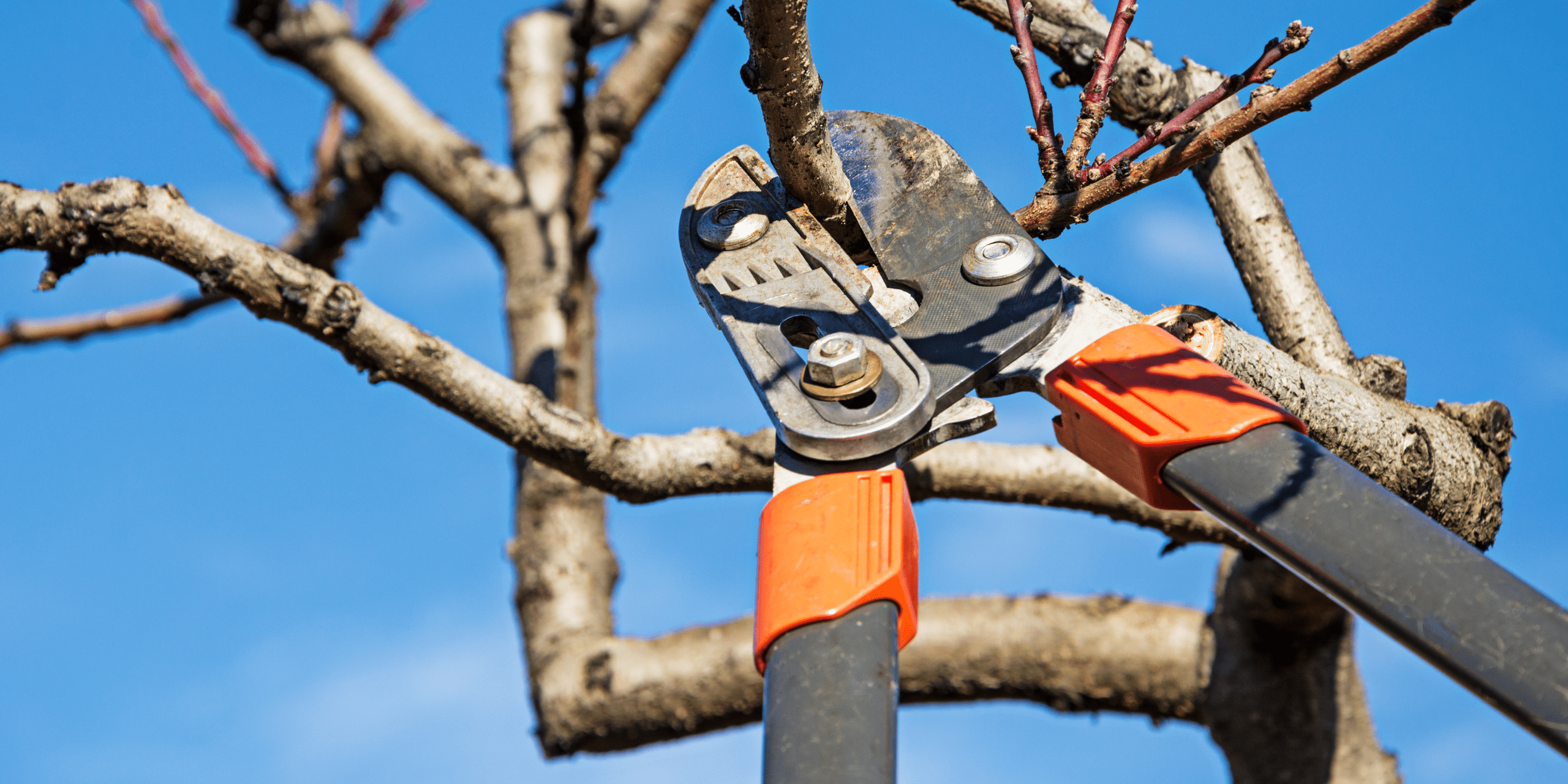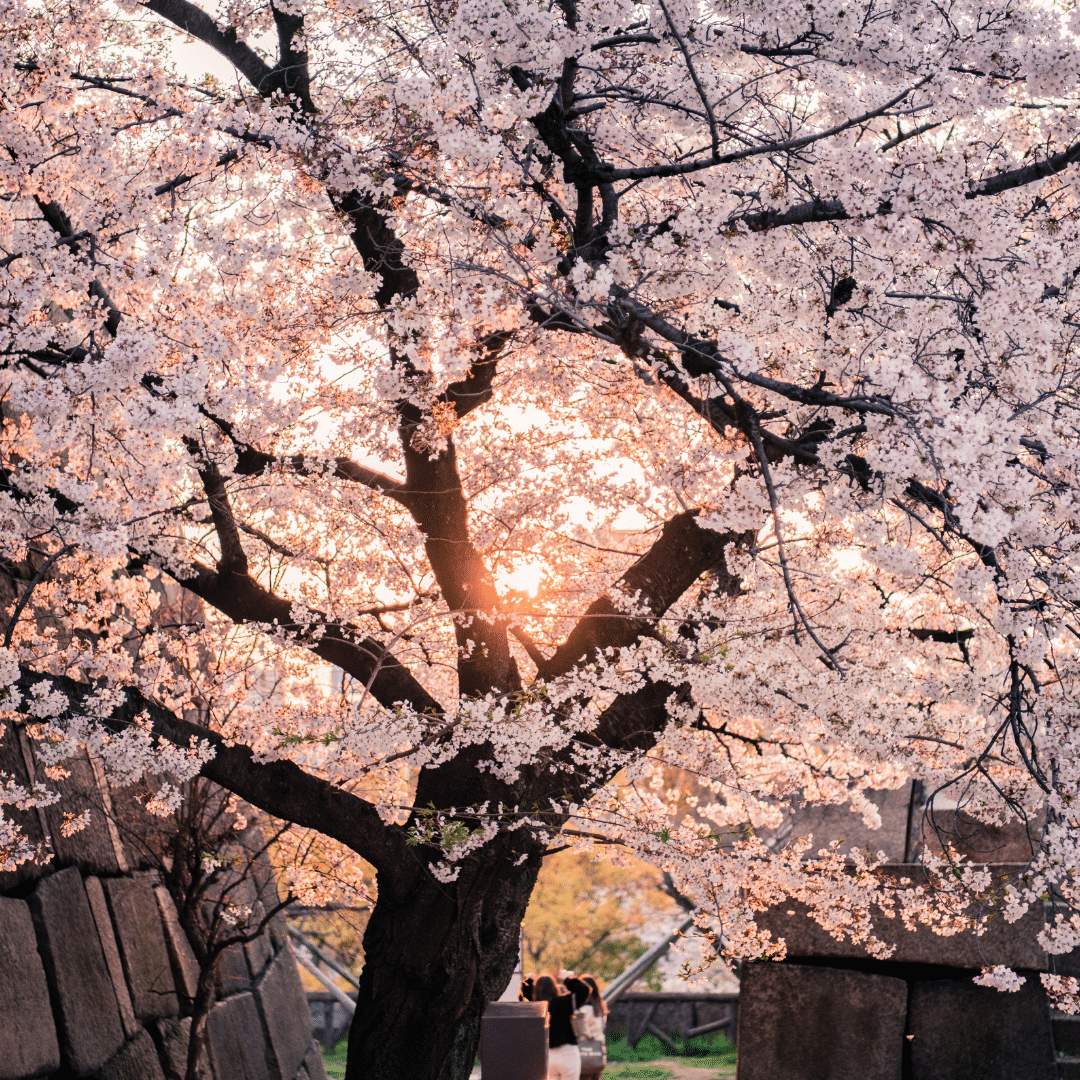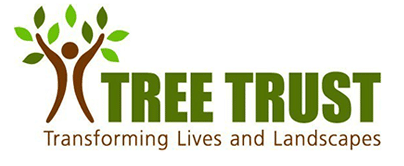
Ask an Arborist – How to prune my fruit tree?
Transform your life and landscape with a fruit tree. Elevate your home’s aesthetic, embrace a healthier way of living, and indulge in the joy of harvesting your own fresh produce. Follow along for a guided exploration of fruit tree care and maintenance led by an expert Tree Trust arborist. From the fruit tree novice to the fruit tree aficionado there is something here for everyone.

Six Common Fruit Tree Pruning Questions – Answered by Casey Johnson, ISA Certified Arborist, Tree Trust Sales Arborist
Which fruit trees typically grown in Minnesota need to be pruned?
There are numerous apple, cherry, plum, berry, and understory flowering trees in Minnesota, many planted with intent, others found in the wild in woods and along fence lines. Pruning is a great activity for trees that you maintain for use (i.e., food), keep for wildlife habitat, or need to keep contained. Most trees planted benefit from pruning as they mature. Ongoing maintenance pruning is a fine recommendation if you have a reliable arborist to guide you.
What tools do I need to prune my fruit tree?
Always have proper personal protective equipment and inspect the equipment before using. Common cutting tools include hand pruners, handsaws, pole-pruning tools, loppers, and, on occasion, a chainsaw. Bypass pruning tools are often preferred and provide the cleanest pruning cuts. Often, a ladder can be used to access areas tough to reach. However, we recommend consulting trained arborists when climbing a tree is needed.
How do I know when my fruit tree needs pruning?
If the tree catches your attention in a negative way, it may be time to prune. Pruning is a great approach for addressing issues such as large deadwood sections or branches hanging near your home, as well as areas with crowding and competition. Pruning should be used in response to storms that damage sections of the canopy. Trees pruned with intent for fruit production require repeated trimming, often annually at regular intervals. Recommended pruning cycles are a great discussion point with an arborist.
Which season is best to prune my fruit tree?
The second half of the winter season is ideal, after the coldest days have hardened the trees against the cold and before the trees wake up in the thaw. Fruit trees can be susceptible to fungal ailment and insect attack if pruned during the growing season.
What are the long-term benefits of pruning my fruit tree?
Besides keeping things healthy and productive, pruning yields benefits to your tree long term. It helps prevent the spread of disease in the canopy. Moreover, pruning helps maturing and growing trees fit their space and maintain a desired, robust structure to support branches with heavy fruit and foliage.

When do I need to call in an expert arborist to help?
We recommend seeking guidance from qualified tree care professionals if it is your first experience with a tree, be it a young or old plant! Although there are resources online, the experience and guidance provided by meeting with a trained professional is ideal. Simply put, develop a relationship with someone you trust and who has a proven record of caring for trees like yours. If you don’t have an arborist on your contact list, Tree Trust Landscape Services is happy to help.
Contact a Tree Trust Arborist today!
Fruit Tree Pruning Workshop – Sign up to Attend Today
Join Tree Trust’s Community Forestry team for a hands-on fruit tree pruning demonstration. Elevate your tree care prowess with our upcoming beginner pruning workshop. Learn the secrets of effective fruit tree care and boost your crop yield. Gain hands-on experience in successful pruning techniques using hand pruners and pole saws. Don’t miss this highly-anticipated event happening on Saturday, February 24 from 2:00 pm – 3:00 pm at Folwell Park in Minneapolis. Click here to register now.

